A faint glow in the Milky Way could be a dark matter footprint
PositiveScience
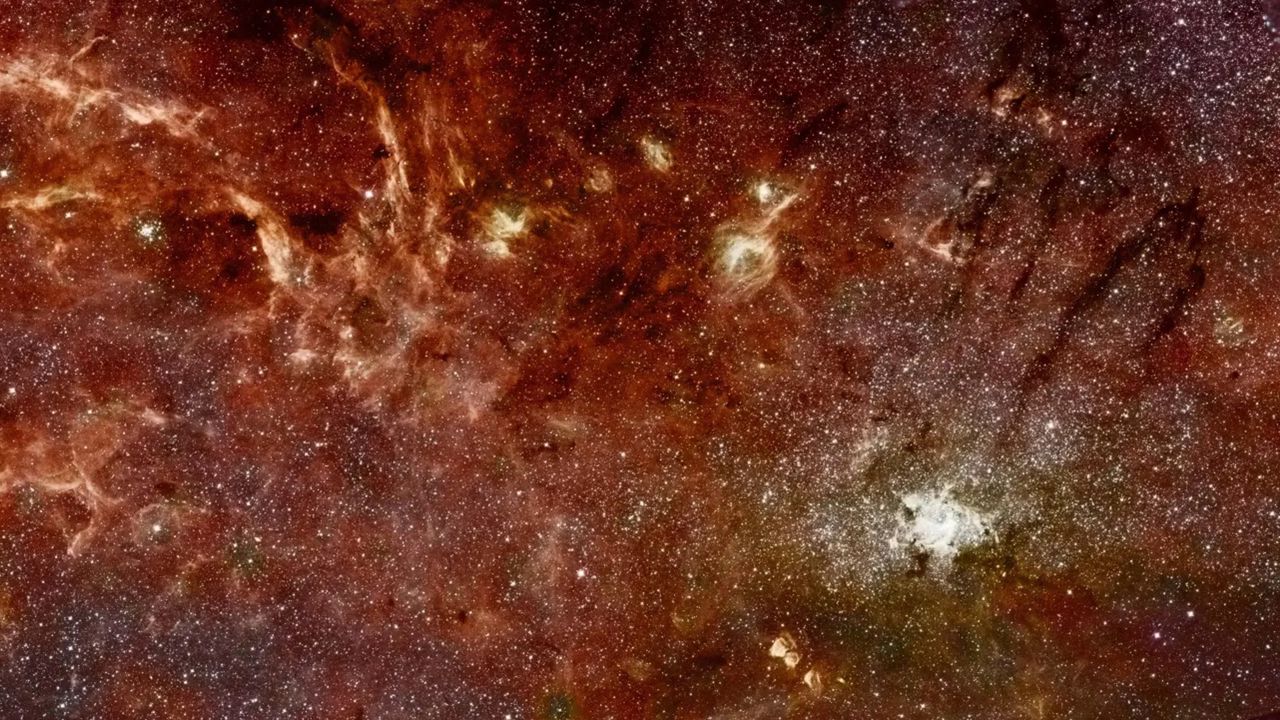
Scientists have made a significant breakthrough in understanding dark matter, the elusive substance believed to bind galaxies together. A faint glow detected in the Milky Way may provide crucial evidence of dark matter's existence, shedding light on a century-old mystery. This discovery is important as it could lead to a deeper understanding of the universe and the fundamental forces that shape it.
— Curated by the World Pulse Now AI Editorial System
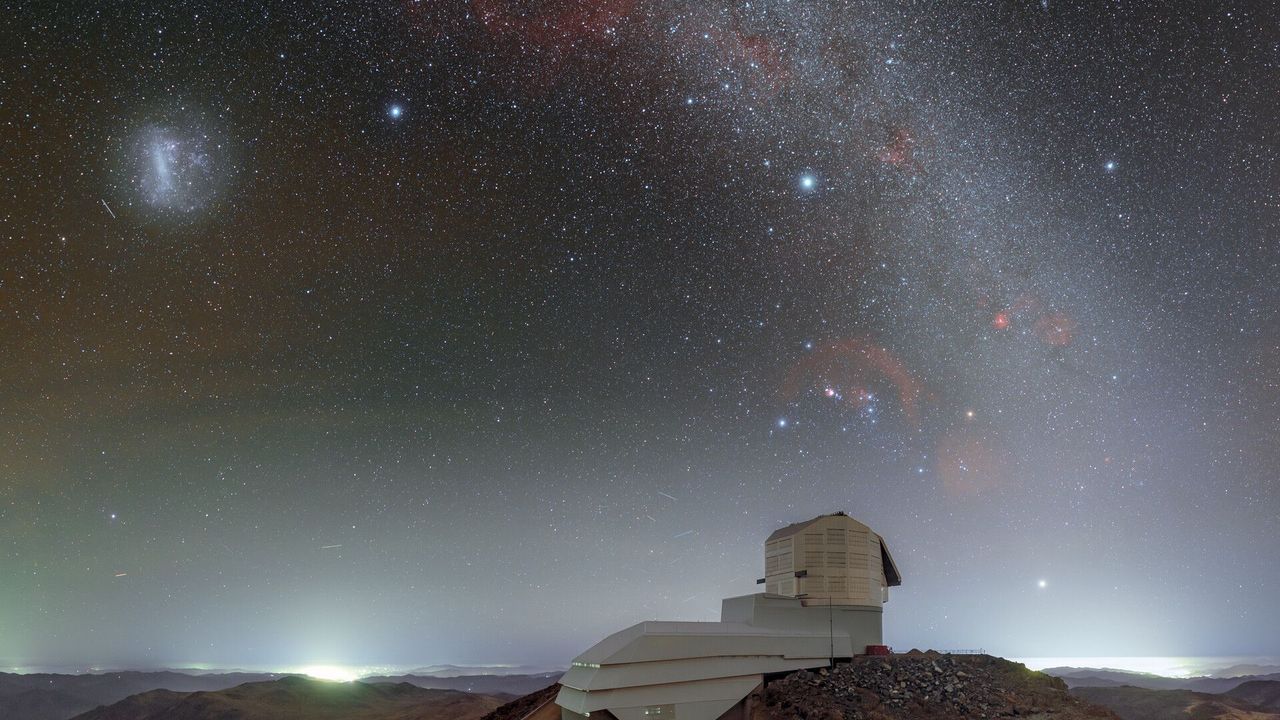
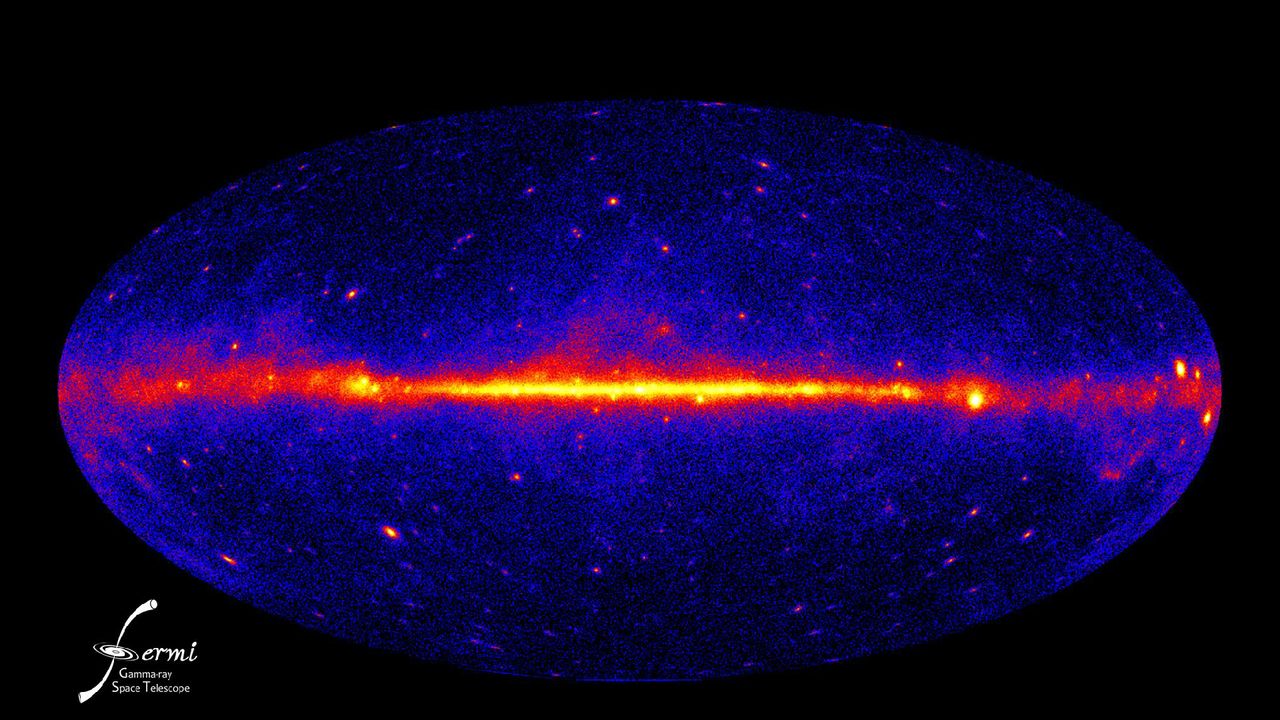
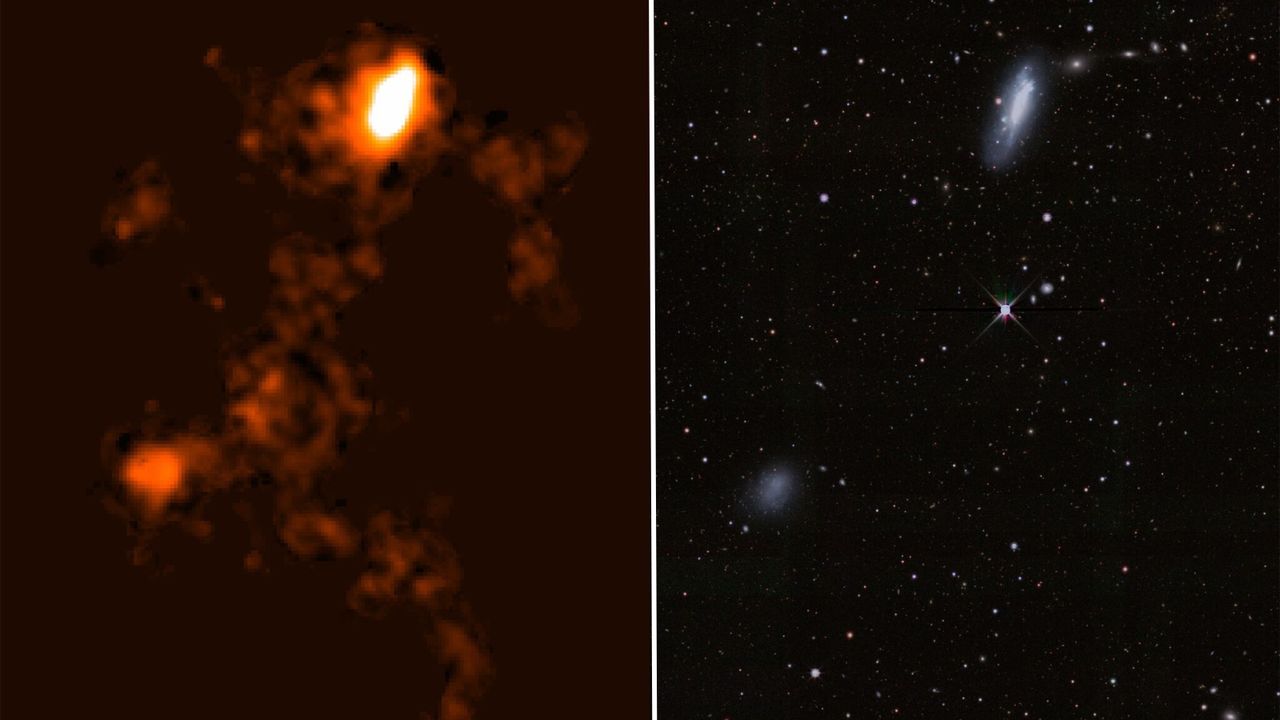
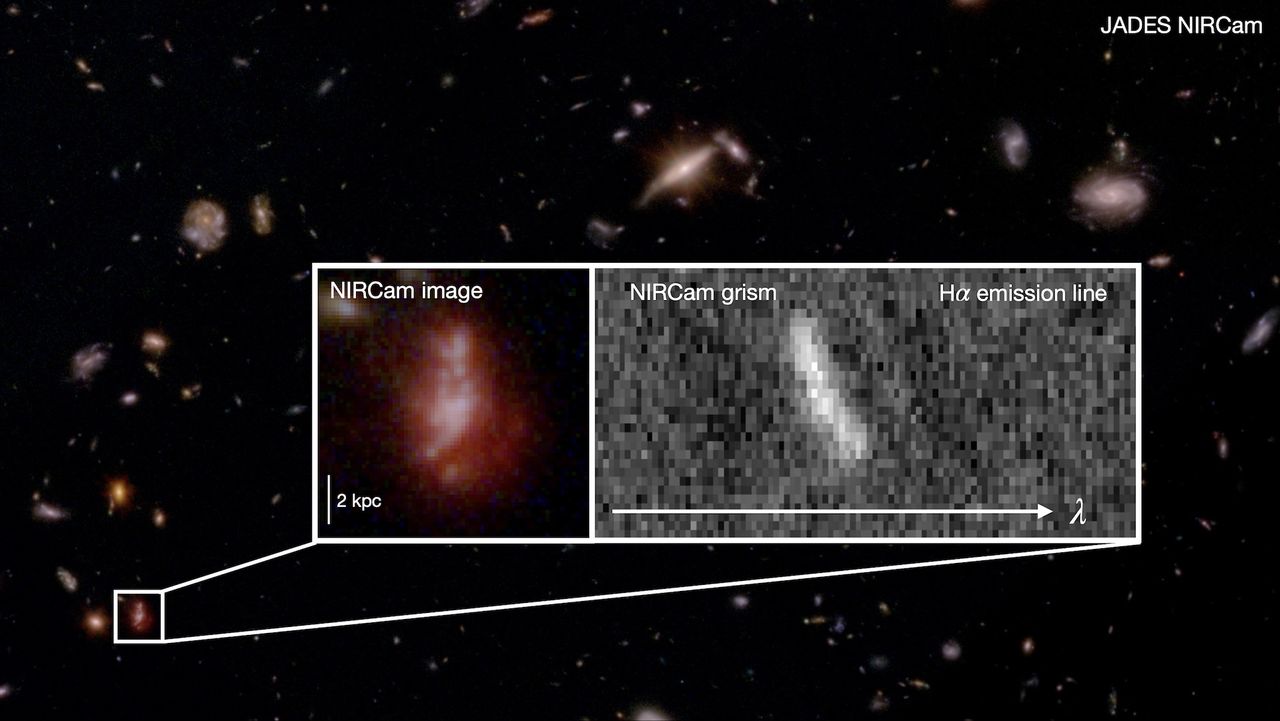
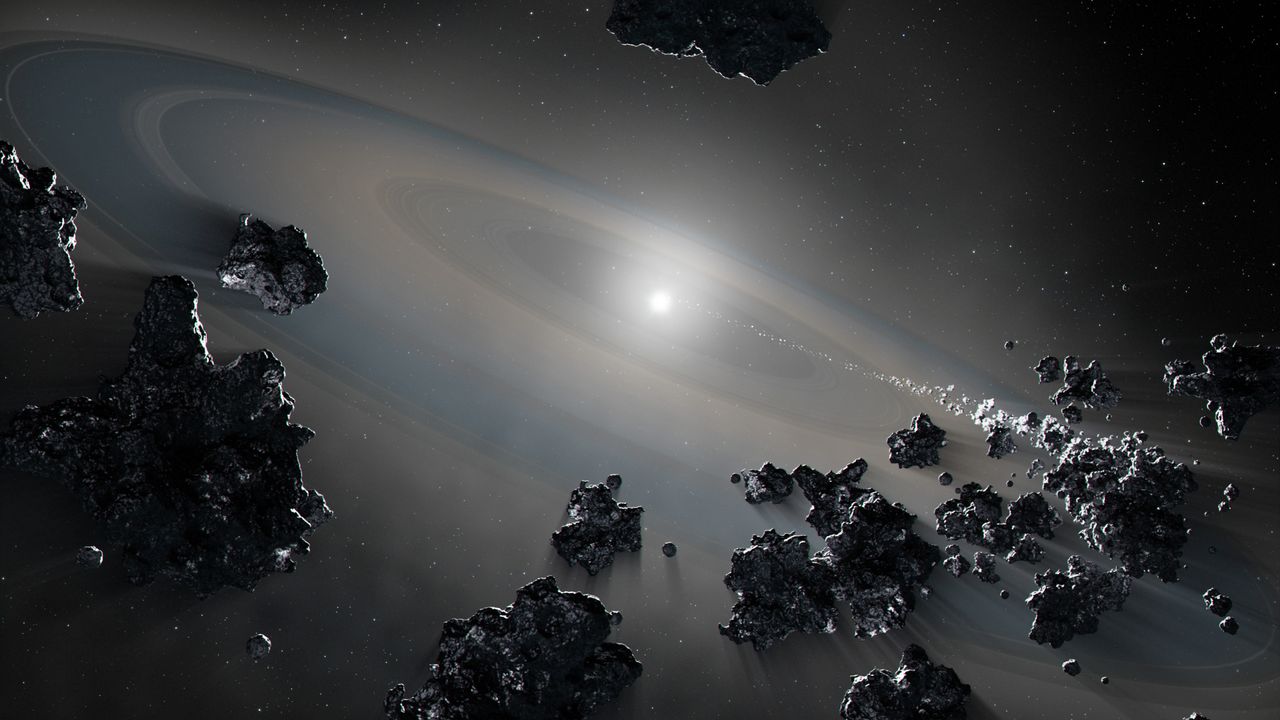
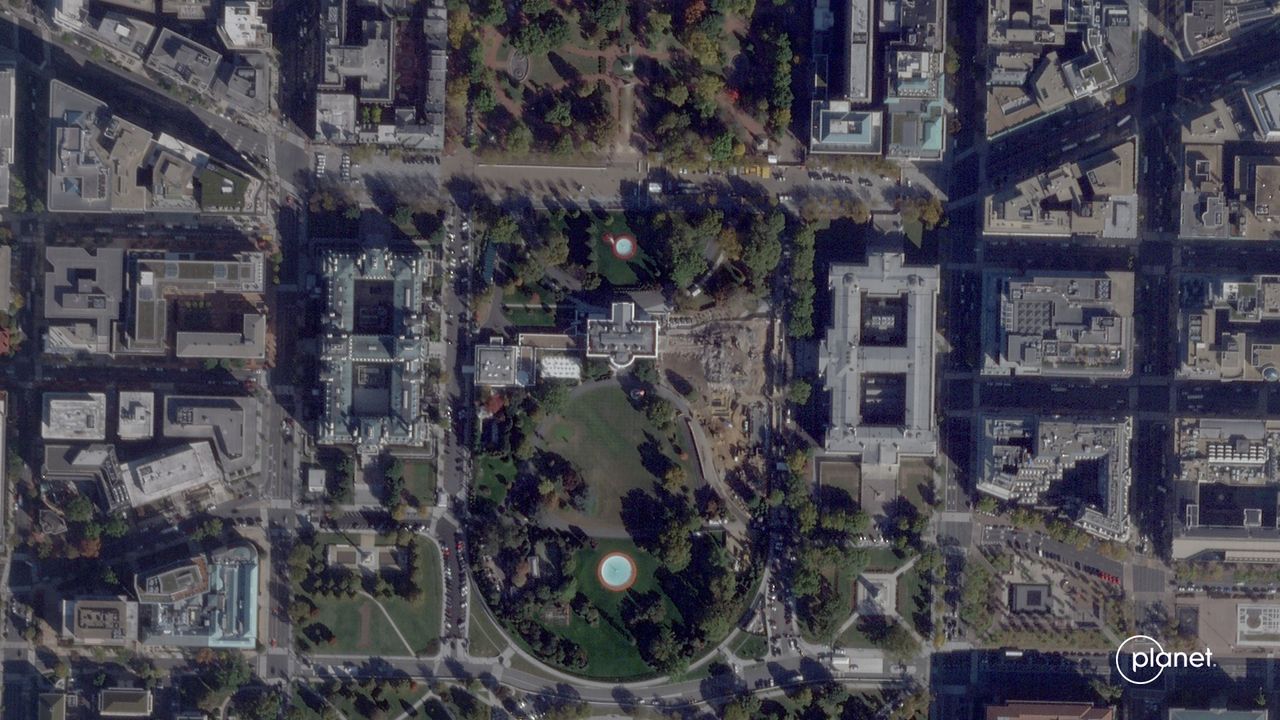


/https://tf-cmsv2-smithsonianmag-media.s3.amazonaws.com/filer_public/37/46/37461432-e24a-442b-bcb7-2b13ab3990d1/horseshoecrabmain.jpg)
